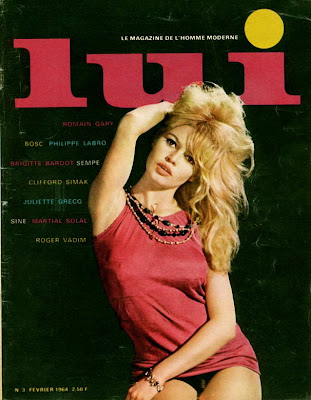Daniel Meadows
 Daniel Meadows & his bus, a 1947 Leyland Titan PD1.
Daniel Meadows & his bus, a 1947 Leyland Titan PD1.In the autumn of 1973, Daniel Meadows - a 20-year-old photography student from Manchester Polytechnic - embarked on a journey around England in a refurbished double-decker bus. He had removed the seats and installed a darkroom, lavatory, bedroom and kitchen; the downstairs windows were replaced by screens on which he could display pictures. The bus was now named The Free Photographic Omnibus. For Meadows it was to be the means by which he hoped to complete a photographic survey of the English, especially those whose quality of life he believed to be under threat. Writing at the time he noted:
"We are constantly being warned of the problems caused by over-population and environmental pollution. It appears that never before has man been forced into the position where the quality of future life depends entirely on decisions taken today. Because of the urgency of these problems the best time to take the bus on the road is now. In that way a record of life in England at the time of taking these decisions will be made for posterity."

Robert & James Broxton, Easington Colliery, Co Durham, September 1974
The project and its legacy form the centrepiece of Val Williams’ fascinating Daniel Meadows: Edited Photographs from the 70s and 80s. The fruits of Meadows’ labours aboard the bus in 1973-4 were first published (in book form) as Living Like This, an idiosyncratic and hugely ambitious fusion of documentary, portraiture, street photography and an accompanying text that wedded interviews, social comment and a diaristic account of the journey itself. Curiously for a project so steeped in the issues of the day, much of that original context has, to an extent, been lost. Living Like This did not sell well, and the sense of commitment, stridency and urgency that accompanied Meadows’ odyssey was absent from subsequent appreciations of the portraiture, (rediscovered in the 1990s) that was only ever intended as a mere spin-off from the original undertaking.

Moss Side, Manchester, 1972
Edited Photographs, though it too prioritises the Omnibus’ portraits, does much to redress the balance. Included here are rarely reproduced images from the precursor to the bus, the Graeme Street Studio project, in which Meadows supplied free pictures, from a converted barber’s, to residents of Manchester’s Moss Side. Also published are little-known colour photographs from the period of his employment as a summertime photographer at Butlin’s Holiday Camp in Filey, Yorkshire. This work too - in its examination of working-class lives and its ambivalent stance towards the ‘modern’ - anticipates concerns that would surface later, on the bus. The same might be said of June Street, Salford, in which Meadows worked with fellow student Martin Parr to record the inhabitants, in their front rooms, of a putatively real Coronation Street.

Butlin's by the Sea, 1972
By no means least, Val Williams’ sensitive and informed account of Meadows’ practice proves an essential resource, establishing connections and parallels between his work and that of contemporary oral historians; between the idealism of the road trip and the then current student radicalism; between deracinated southerners and a northern working-class; between new British photography and an emergent network of galleries (including Williams’ Impressions Gallery in York), enthusiasts, and - most crucially of all - the newly available Arts Council funding.
Guy Lane

Commentaires
Enregistrer un commentaire